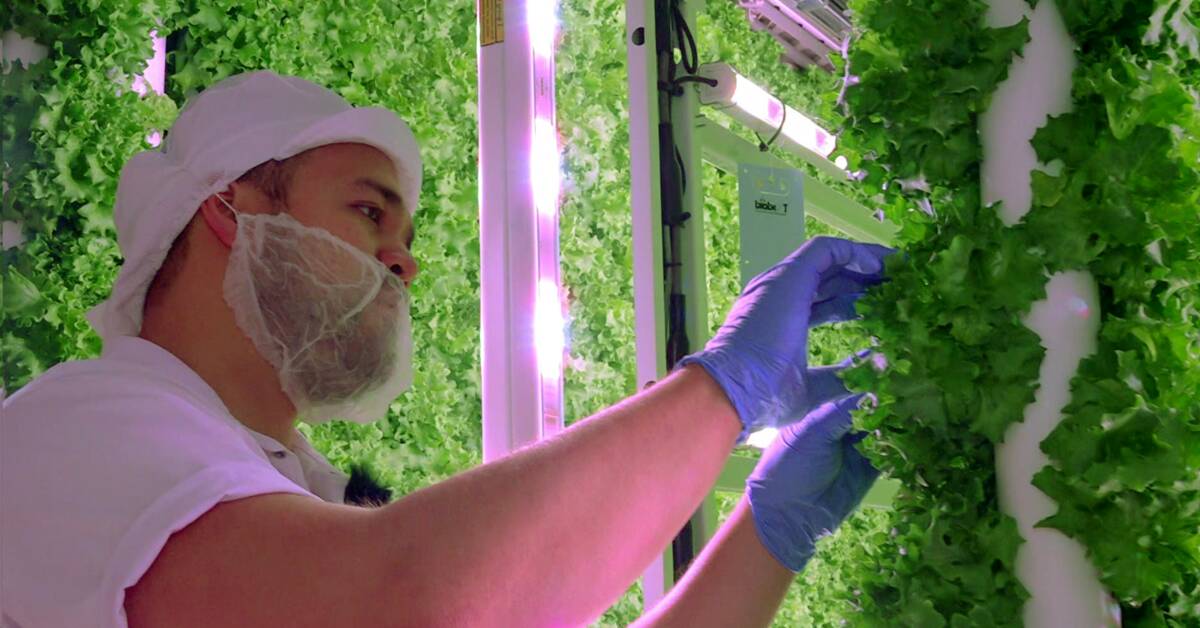See what it looks like in Sweden's largest vertical farm in Tibro in the video above.
Cultivation at height indoors is environmentally friendly and energy-smart, say the advocates.
The arguments include that less water is used and that no pesticides are needed because production takes place indoors in a clean environment.
Ljusgårda is moving towards a production of 720 tonnes of lettuce per year.
Salad sold in regular grocery stores.
Started as an experiment in a garage
A few years ago there was an experiment in a garage.
Now the company is housed in a 7,000 square meter premises and employs 90 people.
But the critics think that vertical farming is a real energy villain.
- It takes a lot of energy and is often presented as an alternative for the food supply, which it is not, says Gunnar Rundgren.
He is a farmer and was one of the three founders of the KRAV label and was recently appointed an honorary doctorate at the Swedish University of Agriculture, SLU.
According to a new study at Stockholm University, vertical cultivation generally has higher energy consumption and higher greenhouse gas emissions than traditional cultivation.
"Less carbon footprint"
The Tibro company Ljusgårda believes that this is true for small vertical farms but not for large ones.
According to Ljusgårda, electricity makes up less than ten percent of their costs.
- Our total carbon footprint is smaller than normal cultivation as the lettuce is also usually transported long distances, says Magnus Agervald.

